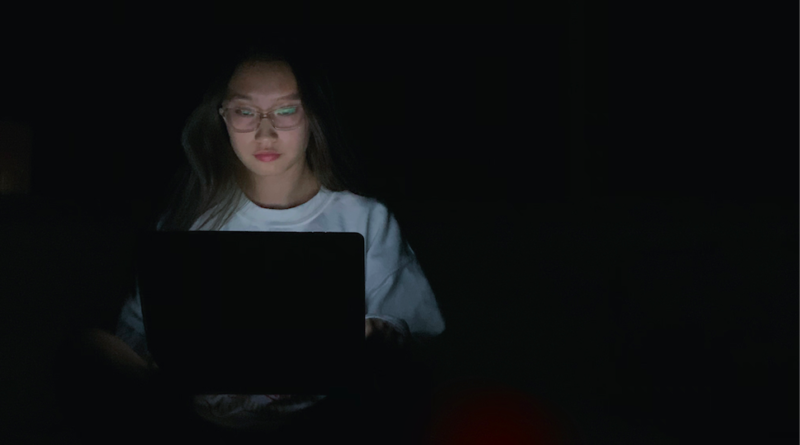Distance learning’s physical effects on students
By Sophia Young,
BlueDevilHUB.com Staff–
As the majority of the country has put a stay-at-home order into action during this global pandemic, factors such as distance learning and remaining at home have impacted the physical health of students of all ages.
With no sports to play and restrictions put in place for being out in public, the stay-at-home order caused many students to stop exercising and going outside. Julie Crawford, a physical education teacher at Davis High, says students have indicated that they were doing little to no activity for the last six months.
“They have been eager to get back into a good routine that includes daily exercise,” Crawford said. She not only teaches physical activity, but also encourages students to stay healthy and take care of their bodies.
Since the school year began, her online PE and strength and conditioning classes have been successful, and her students are experiencing the many positive results of exercise.
“Exercise is good for the body, mind and soul”, Crawford said. She explains that exercise is important for nutrition, sleep and hydration, and hopes her students will take what they’ve learned and implement it into their lives beyond class.
Eye strain is another problem with remote learning. According to Dr. Dylan Alegria, a neurologist at Mercy Hospital, staring at a bright screen for hours at a time only uses and focuses on one small part of our vision, causing those certain receptors to become tired and strain the eyes. Normally, our eyes look around our surroundings and light receptors constantly take in movement around us, using different parts and functions to process information.
Olivia Tong, a middle schooler, says that her eyes bother her even when she wears her glasses for most of her six hour school day. “We get off the zoom, but we’re still on the computer,” Tong said.
Alegria says sleep routines can also be affected from exposure to blue light emitted from our devices before bed and shift the routine of our internal circadian clock. This can cause lack of sleep or unstable sleeping patterns, which lead to fatigue and having trouble being attentive in class.
This clock is highly sensitive to light; specific neurons and chemicals like melatonin carry light information to our brain, which is why we tend to sleep when it’s dark and wake up when it’s bright.
“So it comes down to behavior,” Alegria said. “Having that light stimulus and everything is good during the daytime.” It comes down to whether we choose to use devices during the night.
As the young mind develops, it is important for it to be learning and interacting with the world in a healthy way. However, Alegria doesn’t believe this time of online learning will affect young children too much, because it is only a short period of the extensive time it takes for a human brain to fully develop.
His main concern is that learning from a screen is a “flat world.” Depth perception isn’t the same on a screen as it is in real life. He thinks that seeing things on a screen activates a more symbolic representation of the object on the screen, rather than a true representation of the object in the real world.
“You’re probably accessing the same pathways, more through a recall of what you know a chair looks like instead of, ‘that’s absolutely a chair,’” Alegria said.



